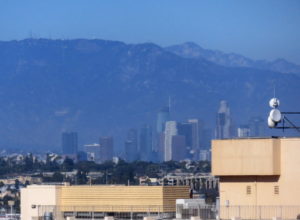Phone notifications aren’t just reminders. They’re interruptions, especially if you have sound or vibration turned on. That gives them a lot of power, and means they should be used responsibly.
In short, phone notifications should serve your interests as the person using the phone. Not the app’s. Not the service’s. Yours.
If someone you know sends you a message, you probably want to know that. If you put an appointment on your calendar, that reminder is going to help you. A shipping update, or delivery notice? Probably helpful as well. Completion of some long-running process that you requested or are waiting for? OK. App and system updates? You do want the phone to keep working properly, so there’s a case there.
If your friend tags you on a photo, or replies to your comment, or sends you a message, then yeah, Facebook or Twitter or Tumblr or Mastodon can justifiably notify you. It’s the start or continuation of a conversation between you and that other person. (Though you should still be able to mute it if you don’t want to talk to that person.)
But when Facebook starts pushing friend suggestions, or “did you see so-and-so’s comment on this conversation that you’re not part of,” or choosing to promote some subset of people’s broadcasts? That’s not in my interests, and that’s not in the other person’s interests. That’s Facebook advertising itself, because they’re desperately afraid they’ve lost my eyeballs.
It’s no different than the Black Friday through Cyber Monday ads that Amazon pushed into my notifications over Thanksgiving weekend.
We can pare down notifications, but it takes time, and not every app offers fine enough controls over which notifications it sends. And of course you have to re-do it every time you get a new phone, and every time you add a new app.
Advertising in an alert is, IMO, an abuse of the feature. We’re bombarded by so many demands for our attention as it is. Phone notifications should stick to those that help us do what we want, not those that distract us from it.

